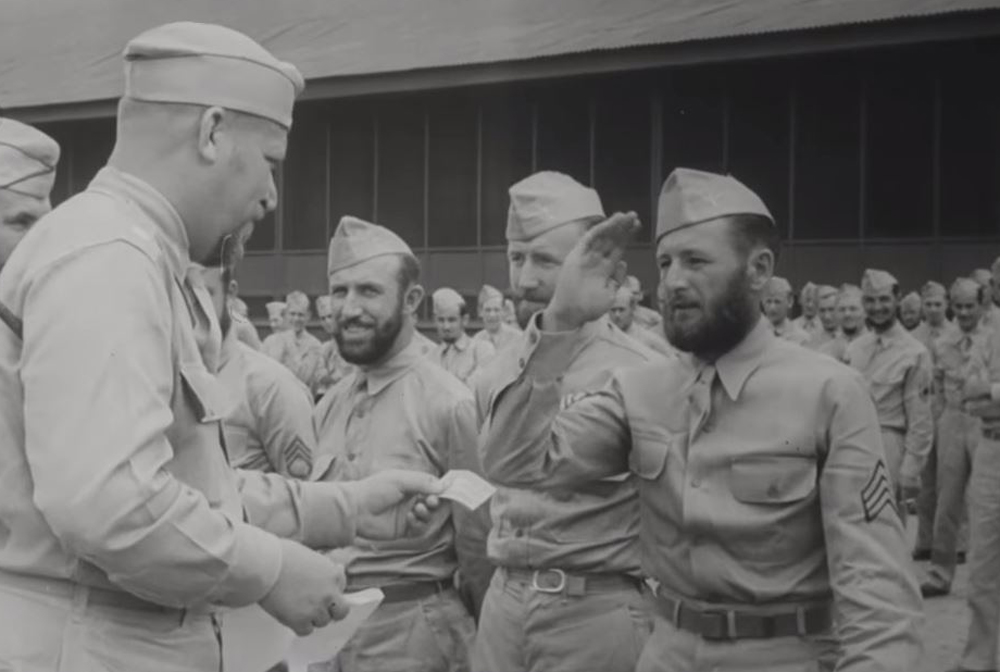
The best beard in all the land, c. 1941. National Archives.
• “Not long before he was assassinated, Julius Caesar sent four Greek surveyors off in the cardinal directions. This was a decades-long project, so the work of mapping the world fell not to Caesar, but to a Roman statesman named Marcus Vipsanius Agrippa. The map he built was lost to history, but is believed to have been fashioned from a single rectangle of marble as large as nine feet tall.” To get from ancient Rome to Google, you’re going to need a map. (New Republic)
• We might titter at some of the advice found in the British Library and collected in a new book, but the existence of tips on the use of leeches, how often (and how specifically) to brush one’s hair, and even the skinning of a lion speak to the fact that for most of human history, the success of things like health, fashion, and food were tied to a person’s ability to be self-reliant. (Mental Floss)
• If 23 percent of Nobel Prize winners are Jewish, will studying that religion’s sacred texts make you smarter? In South Korea families who believe just that have made the Talmud a bestseller. (New Yorker’s Page Turner)
• Each year, the National Trust for Historic Preservation releases a list of eleven American sites it considers most threatened—by development, by neglect, or by natural disaster. This year’s list includes an immigrant neighborhood in Miami, one of the few buildings to withstand San Francisco’s Great Fire of 1906, and New York City’s South Street Seaport. (National Trust for Historic Preservation)
• “I think I could give up everything else,” he said, “the cars, the tanks, the guns, as long as I could still have Adolf and Hermann. They’re my real love.” Kevin Wheatcroft owns the world’s largest collection of Nazi memorabilia and artifacts, including beds slept in by Adolf Hitler and Hermann Göring. (The Guardian)
• “Although we imagine wearable technology as quintessentially modern, according to MIT’s Media Lab it actually dates back to at least 1268, when the English philosopher Roger Bacon made the first recorded mention of eyeglasses. Next came the pocket watch in 1762, and in 1907 Louis Cartier’s wristwatch. Buttons, zippers, polyester: fashion always has been the domain of technologies so important to our daily lives that we barely notice them.” We’ve always had an interest in making technology wearable, but when will we make it attractive? (The Walrus)
• American soldiers stationed in the Philippines in 1941 were (rightly) worried about what escalation of combat in the Pacific Theater meant for them, so they grew out their beards and had a contest to see whose facial hair was the best. The National Archives has video of the judging and the beaming winner. (Unwritten Record)
• Are we ever really going to know what happened to Rasputin’s penis? A Moscow sex museum says yes. (Atlas Obscura)